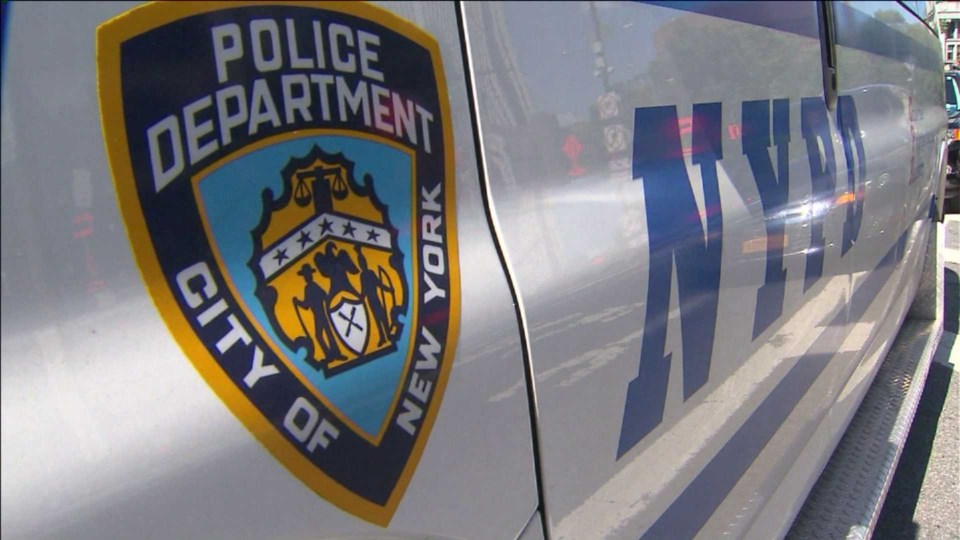An audit of the New York Police Department (NYPD)'s use of ShotSpotter, an auditory gunfire location and detection technology, found the alerts only identified confirmed shootings 13% of the time.
The audit by New York City Comptroller Brad Lander found that NYPD fails to make efficient use of its resources and officers’ time, and hold SoundThinking, Inc. the company behind ShotSpotter, accountable for the system’s extremely high rate of unfounded and unconfirmed shootings, according to a news release.
The audit also found that the NYPD substantially overstates the reduction in response times achieved by using ShotSpotter.
"ShotSpotter claims to be 'a proven detection system' that is 'faster and more accurate', but our audit found that 87% of the time, ShotSpotter is sending NYPD officers in response to loud noises that don’t turn out to be confirmed shootings,” said Lander. “The evidence shows that NYPD is wasting precious time and money on this technology and needs to do a better job managing its resources. Chasing down car backfires and construction noise does not make us safer."
The ShotSpotter system employs over 2,000 acoustic sensors to detect gunshot activity to assist NYPD in locating suspected gunfire within the five boroughs. Under their contract with the NYPD, the primary metric for ShotSpotter performance is to avoid “missed incidents.”
ShotSpotter is expected to report 90% or more of probable shooting, thus gives them a strong incentive to over-report loud noises that do not turn out to be confirmed shootings.
For the eight months in 2022 and 2023 reviewed by the audit, these unconfirmed shootings ranged from 80% to 92% of ShotSpotter alerts, sending officers to investigate 7,262 incidents that did not turn out to be confirmed shootings.
NYPD records show that officers spent an average of 20 minutes investigating alerts deemed unfounded and 32 minutes investigating alerts that went unconfirmed. This translates to thousands of hours of officer time responding to ShotSpotter alerts that do not turn out to be confirmed shootings.
In addition, the audit found that ShotSpotter and the NYPD significantly overstate the reduction in response time that ShotSpotter facilitates, the primary value of the technology. While ShotSpotter markets a 5-minute difference between its detection system and emergency calls, the audit found that the average response time to ShotSpotter alerts was 1 minute 38 seconds faster than to 911 reports of outdoor gunfire.
More than 150 cities across the country use the technology, according to ShotSpotter. Major cities like Chicago, Atlanta and Portland have decided against using the technology, with city officials and others describing it as “expensive, racially biased and ineffective.”




